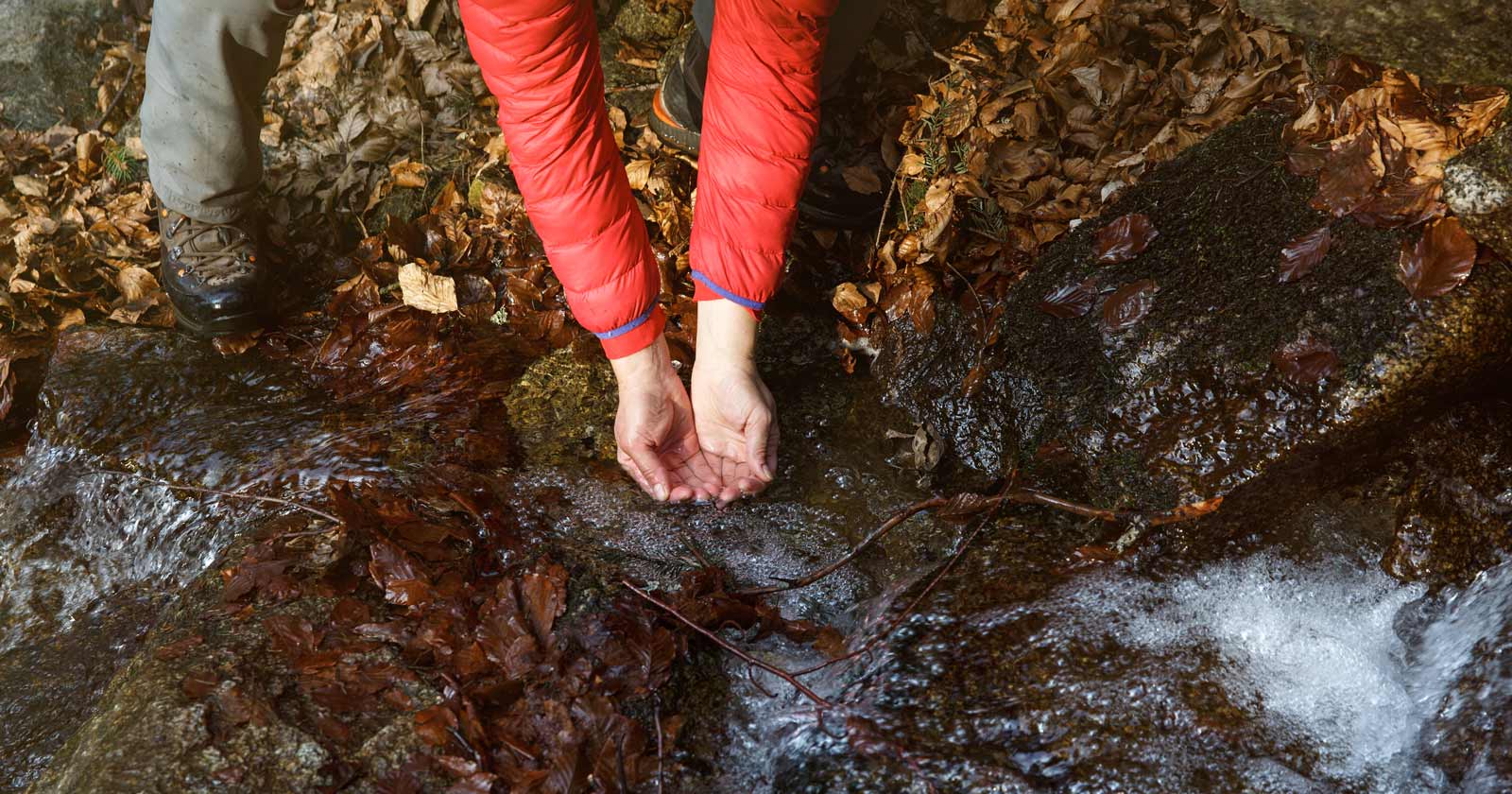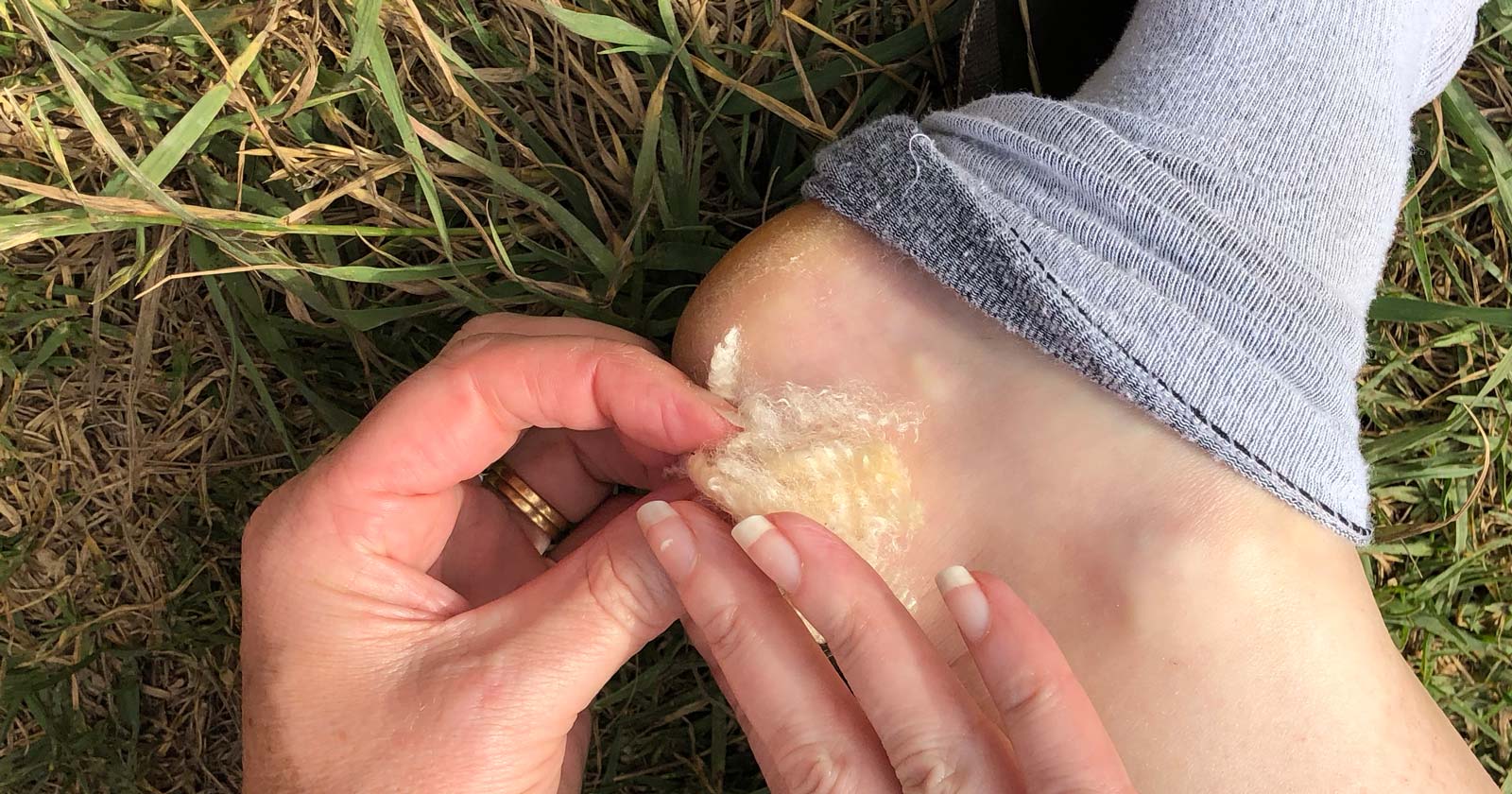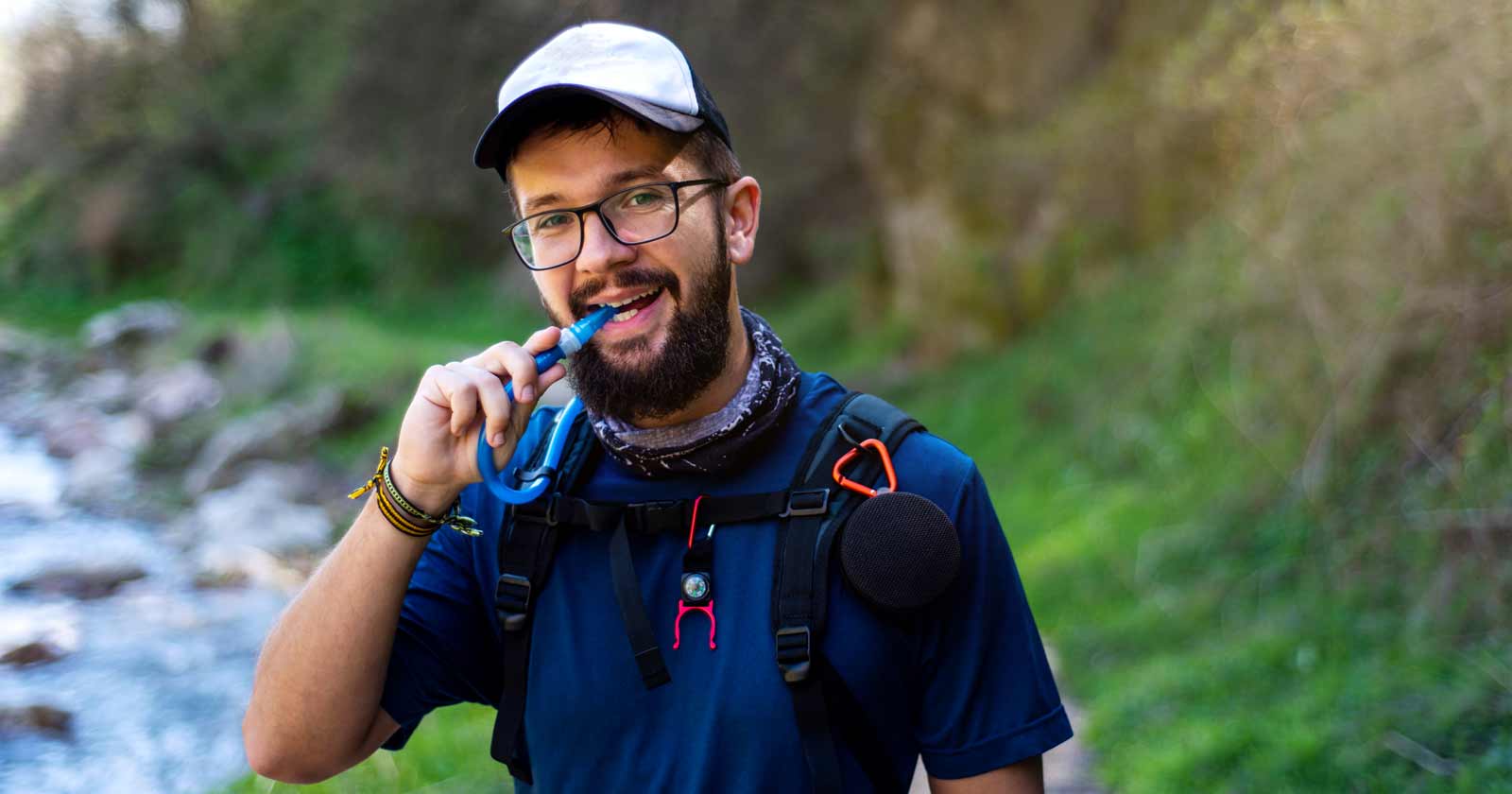Blister prevention is often considered better than cure when it comes to hiking or any other physical activity that can cause blisters. Blisters are painful, fluid-filled pockets that form on the skin due to friction, heat, or pressure. They can occur on your feet, hands, or other parts of your body and can make hiking uncomfortable or even painful. Taking preventive measures can help you avoid blisters and ensure an enjoyable hiking experience. Here are some reasons why blister prevention is better than cure:
- Blisters can be painful: Blisters can cause discomfort, pain, and even limit your mobility. Once a blister has formed, it can take time to heal and may require additional care or treatment. Prevention measures, such as wearing proper footwear, using moisture-wicking socks, and applying lubricants like petroleum jelly or specialized blister prevention products, can help reduce the risk of blisters forming in the first place.
- Blisters can slow you down: Blisters can slow you down during your hike or outdoor activity. When you’re in pain, it can affect your performance and enjoyment. Blisters may require you to take breaks or even stop altogether, which can disrupt your hiking plans. Preventing blisters can help you maintain your pace and achieve your hiking goals without unnecessary interruptions.
- Blisters can lead to secondary infections: Blisters, especially those that have ruptured or become open sores, can be susceptible to infections. This can further delay your healing process and require medical attention. Preventing blisters can reduce the risk of open sores and minimize the chance of secondary infections.
- Blister treatments may not always be readily available: While there are various treatments available for blisters, such as blister pads, bandages, and ointments, these may not always be readily available during a hiking trip or outdoor adventure. Prevention measures, on the other hand, can be implemented beforehand and are typically easier to manage in remote or wilderness settings.
- Prevention is cost-effective: Prevention is often more cost-effective than curing blisters. Treatment of blisters may require purchasing specialized products or seeking medical attention, which can add up in terms of cost. Investing in proper footwear, moisture-wicking socks, and other preventive measures can be a more economical approach in the long run.
Blister prevention is generally better than cure when it comes to hiking or other outdoor activities. Taking proactive steps to prevent blisters, such as wearing appropriate footwear, using moisture-wicking socks, applying lubricants, and taking regular breaks, can help you avoid the pain, discomfort, and disruptions caused by blisters. By prioritizing blister prevention, you can have a more enjoyable and successful hiking experience.
How can blisters be prevented?
Blisters can be prevented by taking proactive measures to reduce friction, heat, and pressure on the skin. Blisters are better prevented than treated, so if you feel a hot spot on your heel, cover it immediately with tape such as Leukosilk and then Leukoplast on top. Some people do this before a hike to prevent the hot spots. Lanolin rich Australian Merino lambs’ wool, placed over the hotspot also works really well.
A Vaseline coating on the feet and between the toes prior to a hike also prevents rubbing and blisters, a trick employed by marathon runners for years. Good quality socks provide extra comfort and minimise rubbing. Talcum powder is great after a hike to help the feet recover.
Here’s a few tips on how to prevent blisters during your outdoor activities, including hiking:
- Wear Properly Fitted Footwear: Wearing footwear that fits properly is crucial in preventing blisters. Choose shoes or hiking boots that fit well, with enough room for your toes to move freely without being too tight or too loose. Make sure the shoes are broken in before embarking on a long hike to avoid rubbing or chafing on the skin.
- Use Moisture-Wicking Socks: Moisture-wicking socks, made of synthetic or natural materials like merino wool, can help keep your feet dry and reduce friction, which can minimize the risk of blisters. Avoid cotton socks, as they tend to retain moisture, leading to increased friction and blister formation.
- Apply Lubricants: Applying lubricants, such as petroleum jelly or specialized blister prevention products, to areas that are prone to blisters can help reduce friction and prevent blisters from forming. Common areas that may benefit from lubrication include the heels, toes, and sides of the feet.
- Wear Properly Sized Socks: Wearing socks that fit well can also contribute to blister prevention. Avoid socks that are too big or too small, as they can bunch up or cause friction. Opt for socks that are the right size for your feet and provide a snug fit without causing compression or constriction.
- Take Regular Breaks: Taking regular breaks during your outdoor activity can help reduce the pressure and friction on your feet. Remove your shoes and socks, air out your feet, and give them a rest to minimize the risk of blisters from prolonged activity.
- Avoid Wet or Damp Conditions: Wet or damp conditions can increase the likelihood of blisters due to softening of the skin and increased friction. If hiking in wet or damp conditions, make sure to keep your feet as dry as possible by wearing waterproof footwear or changing into dry socks if needed.
- Use Padding or Bandages: If you notice any areas on your feet that are prone to blistering, you can use padding or bandages to protect those areas. Moleskin, blister pads, or other specialized padding can provide an additional layer of protection to reduce friction and prevent blisters.
- Monitor Your Feet: Regularly check your feet during your outdoor activity to catch any hot spots or areas of redness that may indicate the early stages of a blister. Take preventive measures immediately, such as applying lubricants or changing socks, to minimize the risk of blister formation.
Taking proactive steps to prevent blisters is essential during outdoor activities such as hiking. Properly fitted footwear, moisture-wicking socks, lubrication, regular breaks, avoiding wet conditions, and using padding or bandages when needed can all contribute to reducing friction, heat, and pressure on the skin, and prevent blisters from forming. By implementing these preventive measures, you can enjoy your outdoor activities comfortably and blister-free.
To learn more, check out the following articles.
Foot care & blister prevention
Photo iStock / kre_geg





